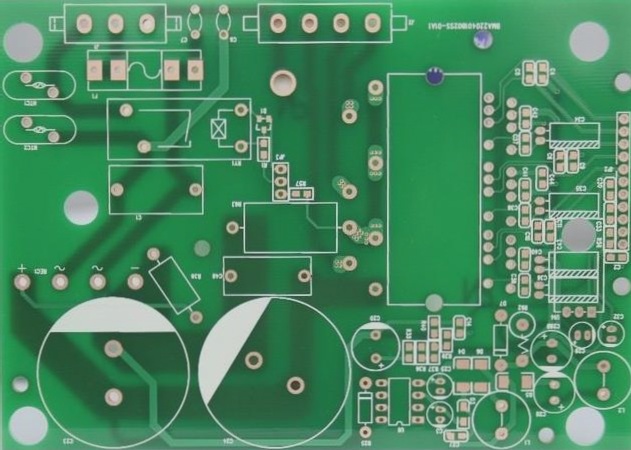The Iron-Carbon Micro-Electrolysis Method for PCB Wastewater Treatment
The principle of using the iron-carbon micro-electrolysis method to treat PCB complex wastewater involves micro-electrolysis and displacement reactions within the micro-electrolysis reactor:
- Anode (Fe): Fe → Fe²⁺ + 2e⁻
- Cathode (C): 2H₂O + 2e⁻ → H₂ + 2OH⁻
This micro-electrolysis reaction produces ecological hydrogen and ferrous iron, which can participate in redox reactions with various substances in the water. This process disrupts the structure of the complex, reducing its ability to bind with copper and other heavy metals. Additionally, the newly formed Fe(OH)₂ and Fe(OH)₃ exhibit high flocculation and adsorption activity, enabling them to absorb dispersed particles and organic molecules, leading to their flocculation and settlement, thus further purifying the wastewater. Moreover, iron can replace copper in the wastewater through a substitution reaction, converting complexed copper into elemental copper.
Typical Technological Process

The iron-carbon micro-electrolysis method boasts a broad application range, excellent treatment effects, long lifespan, low cost, and ease of operation, making it widely used in PCB complex wastewater treatment.
Eight Advantages of TPFC Filler in Complex Wastewater Treatment
Compared to traditional iron-carbon micro-electrolytic fillers, TPFC offers the following benefits:
- Designed Specifically for Environmental Protection
Unlike steelmaking pellet modifications available on the market, TPFC filler is tailored for environmental protection, with production processes and formulas adjusted according to different water qualities for optimal performance. - Developed Micropores, Large Specific Surface Area, and High Activity
TPFC employs high-temperature magnetization structures, microporous activation technology, and high ZeTa potential on its surface. In contrast to market steelmaking pellet modifications (oblate), TPFC has an order of magnitude higher electron pair formation per unit Fe-C, resulting in a higher reaction rate and purification efficiency. This greatly reduces pollutant ring opening, chain scission, and reaction activation energy. - Thorough Contact Reaction and Easy Backwashing
With its regular spherical structure, TPFC fills gaps more uniformly, allowing for better contact between wastewater and the particle surface, higher mass transfer efficiency, and more thorough reactions. Additionally, TPFC’s spherical shape has a lower density, making backwashing easier and more convenient. - Even Distribution of Iron-Carbon-M and Higher Electrochemical Reaction Efficiency
TPFC’s production process involves mixing 200 mesh raw materials into balls, ensuring uniform distribution of iron-carbon-M elements. This results in a larger number of positive and negative electrode pairs, reduced electron transfer resistance, more efficient reactions, and stronger decontamination and degradation capabilities. In contrast, steelmaking pellets (oblate) have fewer carbon flakes, uneven distribution, and lower reaction efficiency, with reduced mass transfer efficiency. - No Passivation
TPFC integrates positive and negative electrode materials and catalytic elements, forming countless electrode pairs in each particle. This setup prevents passivation due to material coverage, maintaining uninterrupted discharge reactions. Regular addition is sufficient due to the slow dissolution rate. - No Blockage
As a single, multi-element composite material, TPFC avoids assembly and density inconsistencies, allowing for regular backwashing. This eliminates issues of impurity blockage between materials and packing compaction. - Small Consumption and Low Operating Cost
With high discharge reaction efficiency, TPFC requires less micro-electrolysis material per unit of COD removal, generates less sludge, and has lower treatment costs. - Stable Pretreatment Effect Ensures Efficient Subsequent Biochemical Operation
Pretreatment methods like dosing and advanced oxidation often fail to fully control reaction conditions during incoming water quality fluctuations, potentially disrupting subsequent biochemical treatment. TPFC’s filtering method is less affected by water quality fluctuations, ensuring effluent biodegradability meets biochemical treatment requirements, maintaining stable and efficient operation, and ensuring that the final effluent meets standards.




